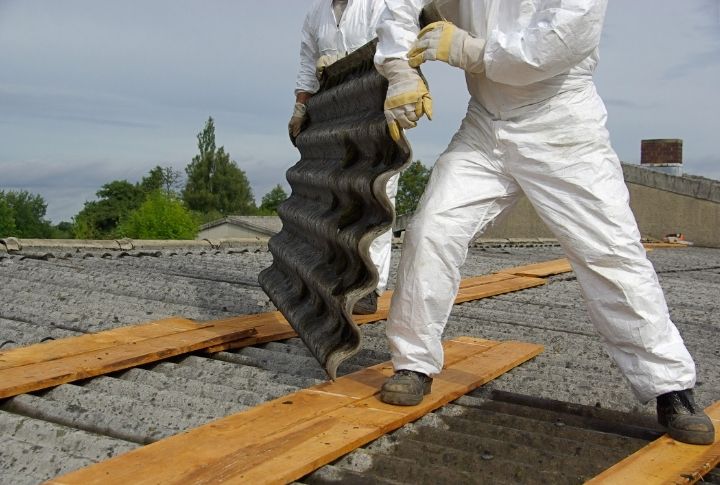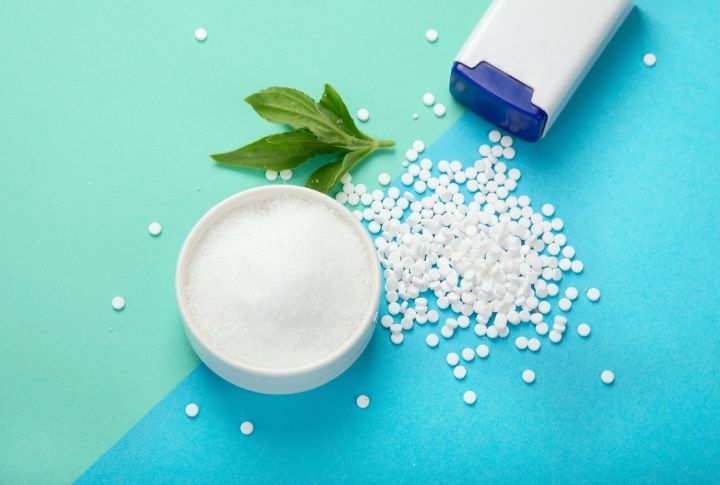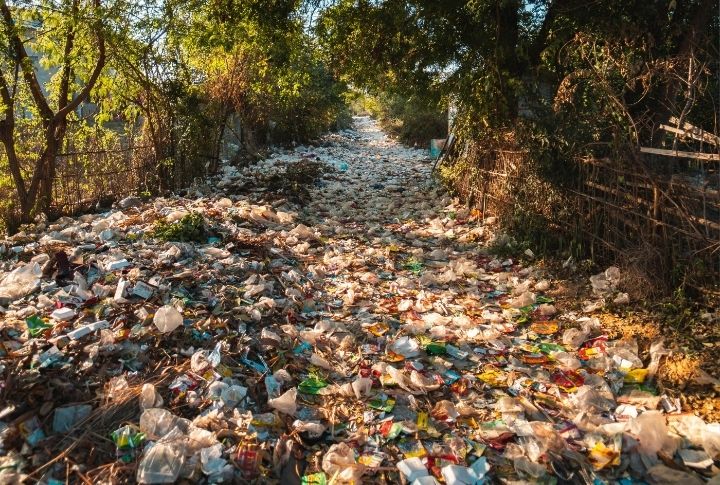
Inventions often promise to make life easier and better. However, some have backfired spectacularly, causing more damage than good. Be it social media platforms that breed discontent or the seemingly harmless substances that turn out to be toxic, let’s look at some inventions that didn’t quite go as planned.
Social Media

Loneliness has found a new playground in a world where everyone is connected. Social media, designed to bridge distances, often leaves users feeling more isolated. Endless scrolling sidelines real-life interactions, fostering a culture of comparison and envy instead of genuine relationships.
The “Like” Dilemma

Once a harmless feature, the “like” button has morphed into a barometer of self-worth. Originally a simple tool for showing approval, it now drives behavior and self-esteem. The pursuit of likes and shares can lead to stress, distorting one’s reality and sense of self.
Cigarettes

Touted as stress relievers in their heyday, medical endorsements even backed cigarettes. This perceived harmless habit has unveiled its true nature as a leading cause of health crises, including lung cancer and heart disease, affecting millions globally.
Artificial Lighting

As artificial lighting transformed human activity patterns, we can now work past daylight hours, improving productivity beyond daylight hours. However, this convenience disrupts natural sleep patterns, causing insomnia and other health problems.
Credit Cards

The ease of access to credit has revolutionized financial transactions. This ease of access has also led to rampant overspending and debt. The freedom of financial fluidity often hides the trap of fiscal irresponsibility.
Fossil Fuels

While fossil fuels powered the industrial revolution, their byproducts have severely polluted our environment, making climate change inevitable. The energy that once powered our growth now threatens the whole ecosystem we depend on.
Asbestos

Asbestos was once a construction staple, used in everything from insulation and roofing to brake pads and cement products. As time passed, its hazardous health effects became evident, including severe lung disease and cancer. Asbestos fiber has devastating effects on workers, and buildings built with asbestos materials must undergo costly removal procedures today.
Artificial Sweeteners

Marketed as the dieter’s ally, artificial sweeteners seem like the perfect sugar substitute. However, emerging research links them to various health issues, from metabolic disorders to cancer. Studies have also suggested that they alter gut bacteria and interfere with metabolic processes.
Fast Food

In today’s fast-paced world, fast food has become the preferred quick meal option for many people. Unfortunately, the nutritional profile of fast food is a cause for concern, as it tends to be high in calories, fats, and sugars, which can have significant impacts on public health.
24-Hour News Cycles

Constant access to news keeps us perpetually informed but at a cost. Sensationalism and biased reporting have become rampant, fostering fear and anxiety. The intention to keep the public informed has spiraled into a cycle of distrust and overwhelm.
Lead Poisoning

Lead was once widely used in paint, pipes, and gasoline. Its durability and versatility made it a favorite in various industries. However, lead exposure causes severe health issues, particularly in children. Lead poisoning causes developmental delays, cognitive impairments, and a host of other chronic conditions, turning this once-valued material into a notorious health hazard.
Plastic Pollution

The advent of disposable plastics brought convenience through single-use products like plastic bags and bottles. However, this convenience has a significant environmental impact. Plastics do not easily biodegrade and have amassed in landfills and oceans, harming wildlife and ecosystems. Despite their initial benefits, disposable plastics have led to an environmental crisis.
Misleading Ads for Kids

Targeted advertising aimed at children has become a powerful tool for marketers. These marketing strategies exploit children’s impressionability, leading to unhealthy dietary choices, addictive behaviors, and unrealistic expectations, raising ethical concerns about the manipulation of young minds.


Comments
Loading…